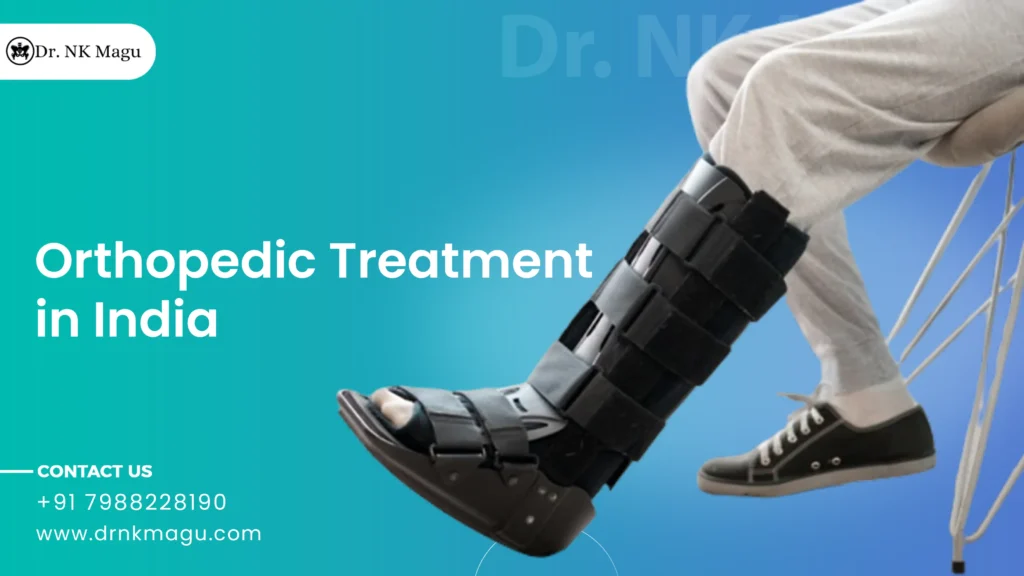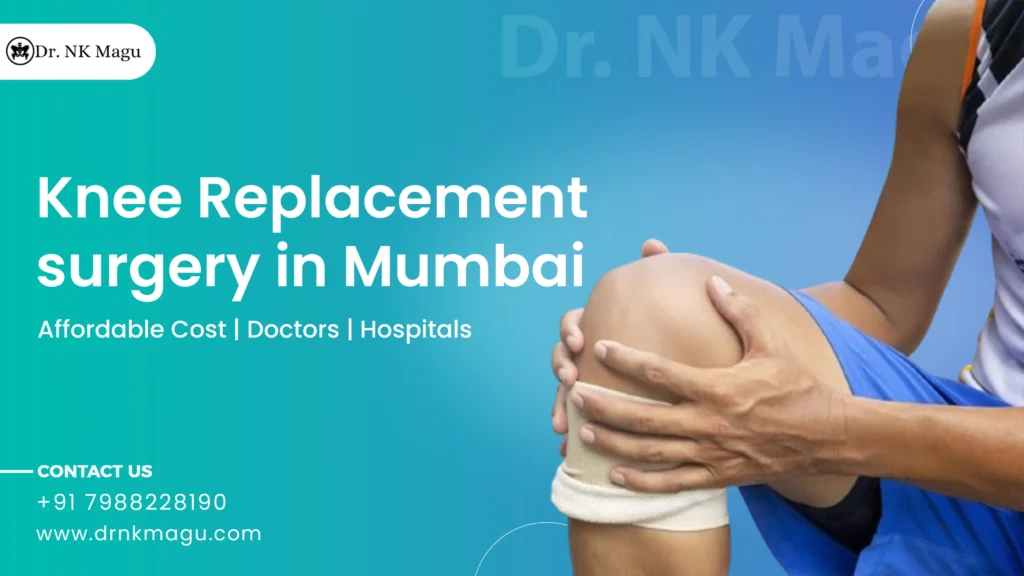While elbow replacements are far less common than knee, hip, or shoulder replacements, they are just as effective in reducing joint discomfort and enabling patients to resume their regular activities.
Historically, the risk of problems following elbow replacement surgery has been higher than that following hip or knee replacements. However, recent advancements in surgical technique and implant design have increased the success rate of elbow replacements.
Anatomy of Elbow
The humerus, ulna, and radius are the three bones that make up the elbow, which is a hinged joint. Articular cartilage, a smooth material that protects and permits easy movement of the bones, covers the surfaces of the bones where they meet to form the elbow joint. Within the elbow joint, the remaining surfaces are covered by a thin, smooth tissue known as a synovial membrane. This membrane produces a tiny quantity of fluid in a healthy elbow, which lubricates the cartilage and reduces nearly all friction as you bend and rotate your arm. Interosseous muscles, tendons, and ligaments maintain the elbow joint together.
What is Elbow Replacement Surgery?
To relieve discomfort and restore motion to an injured elbow, surgeons perform elbow replacement surgery, also known as total elbow arthroplasty. A surgeon will replace your elbow joint with an artificial one during this procedure.
The entire elbow is not always involved in elbow replacement surgery. In certain patients, the radial head—the knobby head of the radius bone where it meets the elbow—is the only portion of the joint that medical professionals replace. For many people, elbow replacement surgery enhances their quality of life. It can help you feel better and get back to your favorite pastimes.
Reasons for Conducting the Procedure
When the elbow joint is severely damaged and you experience pain or cannot use your arm, elbow replacement surgery is typically performed. Among the reasons for harm are:
- Osteoarthritis
- Stiff elbow
- Rheumatoid arthritis
- Unsatisfactory results from previous elbow surgery
- Severely fractured bone in the elbow region of the upper or lower arm
- Severely damaged or torn elbow tissues
- Elbow or surrounding tissue tumor
Elbow Replacement Surgery Cost in India
Elbow Replacement Surgery Cost in India starts from 4,15,000 INR (5000 USD). Elbow replacement surgery cost in India is less than in other well-known countries. For individuals interested in elbow replacement surgery in India, the country provides first-rate facilities with state-of-the-art technology and equipment. Having access to the greatest and most experienced doctors for elbow replacement surgery in India also guarantees very high-quality care.
What Are The Types of Diagnosis Done for Elbow Replacement Surgery?
In order to make a diagnosis, your physician will examine your elbow thoroughly and do physical examinations, including bending and straightening, to assess the elbow’s strength and range of motion.
- A medical background: An elbow discomfort severity, functional capacity, and general health will all be questions an orthopedic surgeon will ask.
- A physical examination will measure the elbow’s range of motion, strength, and stability.
- Imaging tests: When determining the extent of a shoulder injury, X-rays might be helpful. The bone may flatten or become uneven, there may be loose pieces of bone or cartilage floating inside the joint, and the normal joint space between the bones may disappear.
- Extra evaluations: Your doctor may occasionally recommend blood tests, computed tomography (CT), magnetic resonance imaging (MRI), or bone scans to evaluate the condition of the bone and soft tissues in your shoulder.
How Elbow Replacement Surgery is Performed?
Typically, elbow replacement surgery takes two hours to complete. After the procedure, you may need to spend up to four nights in the hospital after receiving a general anesthetic. To gain access to the joint, your surgeon will create an incision, usually on the back of the elbow, and carefully move muscles aside. Your surgeon will prepare the humerus to suit the prosthetic after removing scar tissue. For the ulna, the same preparations are made.
Following the procedure, your physician will suture the wound and wrap the region surrounding your newly formed elbow. It might be necessary for you to wear a splint to stabilise your arm while it recovers.
It could only be necessary to replace a single joint component in some circumstances. For instance, rather than requiring a full prosthetic insert, an artificial head can be used to replace the injured head of one of your forearm bones. If replacement of the whole joint is necessary, the ends of the bones that meet at the elbow will be removed. The softer middle region of the bones receives the long, thin ends of the prosthetic joint.
There exist two primary categories of prosthetic devices:
- Linked: This kind of prosthesis functions similarly to a hinge since the replacement joint’s components are all connected. Although it provides a decent degree of joint stability, the prosthesis may occasionally come loose due to movement-related forces.
- Unlinked: This device is made up of two independent components that are not connected to each other. This design can be prone to dislocation because it depends on the support of the surrounding ligaments to keep the joint intact.
After the Procedure
Up to one or two days could be required for your stay in the hospital. Upon returning home, take care of your elbow and wound according to the instructions provided.
You will require physical treatment to improve your arm’s strength and function. We’ll begin with some light flexing exercises. Individuals wearing splints typically begin therapy a few weeks later than those without them.Up to one or two days could be required for your stay in the hospital. Upon returning home, take care of your elbow and wound according to the instructions provided.
After surgery, some patients can begin using their new elbow as soon as 12 weeks later. A full recovery may not occur for up to a year. The amount of weight you can lift will have its limitations. Lifting a weight that is too large may shatter the new elbow or cause the pieces to come free. Discuss your limitations with your surgeon. Your surgeon could prescribe a maximum weight that you can lift with that arm.
It’s critical to schedule routine check-ups with your physician to ensure your replacement is healing properly. Attend all of your scheduled appointments.
Why Choose Dr. N. K. Magu?
Dr. N. K. Magu is a world-renowned orthopedic surgeon from India whose outstanding expertise and dedication to the field have gained him international fame. Over the course of several decades, Dr. N. K. Magu has proven to be an exceptional specialist in a number of orthopedic fields, especially when it comes to hip preservation, reconstruction, proximal femoral osteotomies, and other related areas. His reputation as one of the best orthopedic surgeons in the world has been cemented by his unparalleled commitment to enhancing the quality of life for his many patients.











